42 pages • 1 hour read
Roald DahlThe Wonderful Story of Henry Sugar and Six More
Fiction | Short Story Collection | Middle Grade | Published in 1977A modern alternative to SparkNotes and CliffsNotes, SuperSummary offers high-quality Study Guides with detailed chapter summaries and analysis of major themes, characters, and more.
Summary and Study Guide
Overview
The Wonderful Story of Henry Sugar and Six More by Roald Dahl is a collection of short stories and nonfiction works originally published together in 1977. The titular story follows Henry Sugar—a wealthy, egotistical man—who stumbles across a doctor’s account of a circus conjurer named Imhrat Khan who could see without his eyes. Inspired, Henry attempts to develop Khan’s ability himself. The dark and macabre stories in the collection are juxtaposed with true accounts from Dahl’s life. Dahl was an acclaimed children’s book author whose books have been adapted into many major feature films, including a series of short films by Wes Anderson highlighting two narratives in this collection: “The Swan” and “The Wonderful Story of Henry Sugar.”
This guide utilizes the 2010 electronic edition by Puffin Books.
Content Warning: Some stories may contain dark or macabre themes. This collection of stories targets an older audience than many of Dahl’s other works. The stories may also portray outdated references to cultural and racial stereotypes.
Plot Summary
Roald Dahl, a prolific and globally recognized children’s book author, composed seven stories and essays for young adults in The Wonderful Story of Henry Sugar and Six More. These pieces differ from many of Dahl’s other works by utilizing darker thematic concepts and images of violence. However, each narrative also offers glimpses of hope, innocence, and compassion. Collectively, Dahl’s stories explore the themes of Kindness and Cruelty, Greed and Generosity, and The Transformative Power of Magic to position hope as an antidote to despair.
“The Boy Who Talked with Animals” is told by a first-person narrator who watches as a young boy named David and his father appeal to a group of fishermen on the beach who have recently caught a giant turtle. The fishermen intend to sell the turtle to the hotel manager, and the crowd is delighted to learn that they will be dining on turtle soup for supper. David throws his arms around the neck of the turtle, and the crowd is fearful for the boy’s safety. David admonishes the crowd for treating the animal with such cruelty and whispers to the turtle. The father suggests that David can communicate with animals, and he pays the manager and the fishermen to set the turtle free. Later that evening, David disappears and never returns. He is spotted twice in a single year by anglers who claim they saw the boy on the back of the turtle swimming in the ocean.
In “The Hitchhiker,” a man pulls over to give a hitchhiker a ride. The hitchhiker conceals his name and occupation. As the two men travel down the road, the driver reveals that he is a writer, and the hitchhiker explains that he too is in a skilled trade. The hitchhiker encourages the driver to test the speed limits of his new BMW, and soon they are pulled over by law enforcement. After the officer leaves, the hitchhiker reveals that he has stolen the officer’s black book which holds their names and registration number. The driver learns that the hitchhiker is a highly skilled pickpocket.
“The Mildenhall Treasure” is the retelling of the true account of Gordon Butcher and Sydney Ford, two men who discovered a collection of Roman silver in a field in the 1940s. Butcher, who original found the treasure, shows Ford that his plow has unearthed something shiny. Ford makes Butcher dig out the whole collection but insists that it is nothing more than junk, knowing that Butcher stands to receive the entirety of the reward as the original finder. Ford takes the treasure home and cleans it. Because he owns it illegally, he cannot sell it. When an old friend discovers Ford has been hoarding ancient treasure, he demands that Ford report it to the government. Butcher and Ford both receive a small sum in return for finding the treasure.
In “The Swan,” a 15-year-old boy named Ernie receives a rifle for his birthday. He and his friend Raymond take the gun into the woods to hunt. While walking, they find a classmate named Peter Watson in the woods. Peter, a small and sensitive pupil, is looking at birds. Ernie and Raymond point the gun at Peter, lead him to a railway track, and tie him to the rails. Peter narrowly escapes being run over by a passing train. The boys then begin shooting birds at a nearby avian sanctuary and force Peter to retrieve their kills from a lake. When they kill a swan, Peter confronts them for their cruelty. Ernie and Raymond cut the swan’s wings from its body and tie them to Peter’s arms and then make him jump from the top of a tree.
“The Wonderful Story of Henry Sugar” describes the title character as wealthy and self-interested. One day, while looking through a friend’s library, he comes across an unusual story. He learns about a man named Imhrat Khan who could see without his eyes. Khan learned the skill from a yogi and traveled the world as a circus conjurer. Sugar wonders if he could learn the same skill as Khan and use it to make money through gambling. He practices meditation every day and quickly learns to see without his eyes. However, he finds that he is no longer interested in advancing his own wealth. He uses his new power to build orphanages across Europe and support the needy.
“Lucky Break: How I Became a Writer” offers advice to Dahl’s young readers on how to become writers. Dahl describes his own childhood in boarding schools with cruel teachers and peers. After graduating, Dahl joined the Royal Air Force and flew planes during World War II. He experienced an injury in a crash and was sent to the United States to work as an air attaché. When a writer asked to put together a piece on Dahl’s experiences during the war, Dahl penned his story for the writer’s reference. The writer was so impressed that he sent the story directly to the paper without edits. Dahl’s writing career was born.
“A Piece of Cake: First Story–1942” is the reprinting of the original story of Dahl’s experiences in the war. Dahl describes first what he remembers from fighting the Italian army and his subsequent plane crash. Then he details his dreams while recovering in a hospital. Each dream symbolizes a different part of his experience during the battle.
Related Titles
By Roald Dahl

Beware of the Dog
Roald Dahl
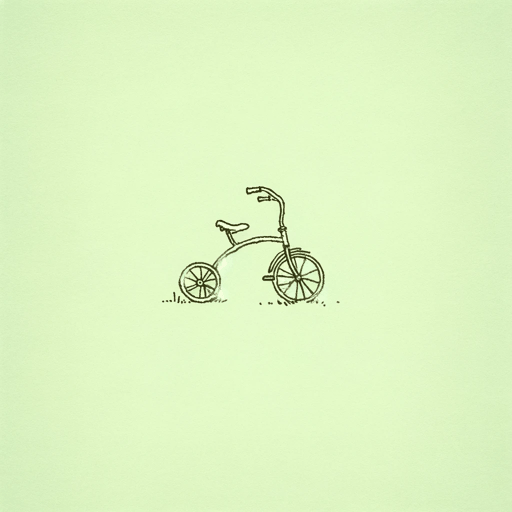
Boy: Tales of Childhood
Roald Dahl
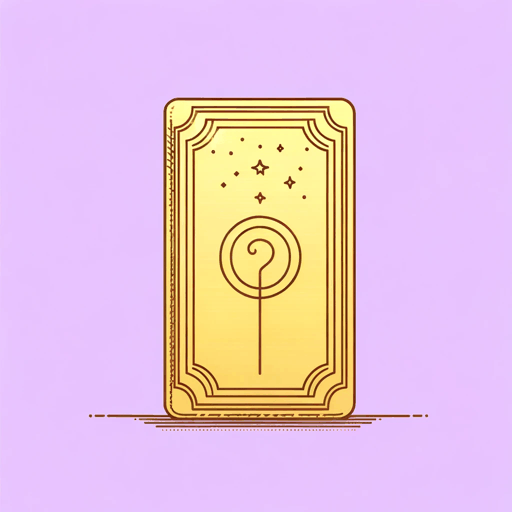
Charlie And The Chocolate Factory
Roald Dahl

Charlie and the Great Glass Elevator
Roald Dahl

Danny, the Champion of the World
Roald Dahl
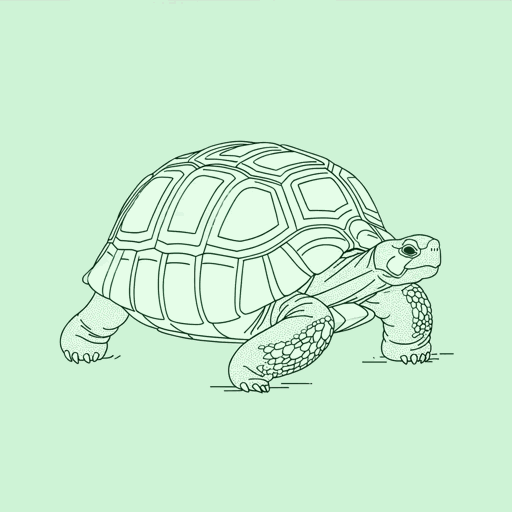
Esio Trot
Roald Dahl

Fantastic Mr Fox
Roald Dahl

George's Marvelous Medicine
Roald Dahl
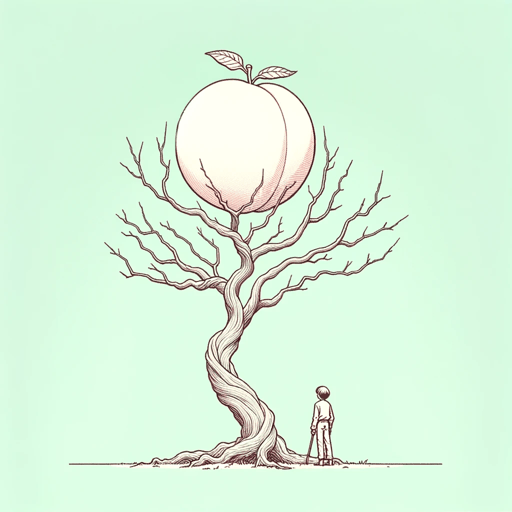
James And The Giant Peach
Roald Dahl

Lamb To The Slaughter
Roald Dahl

Matilda
Roald Dahl
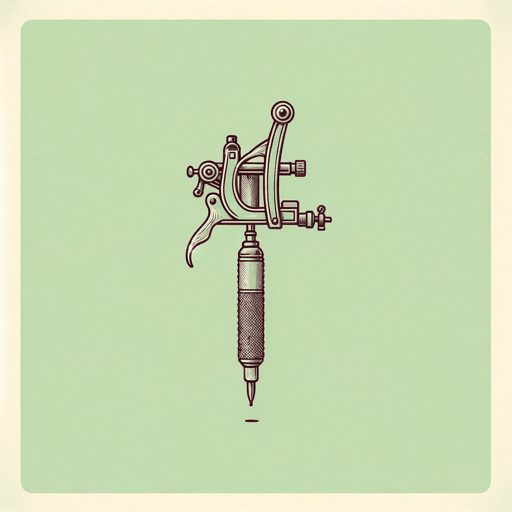
Skin
Roald Dahl
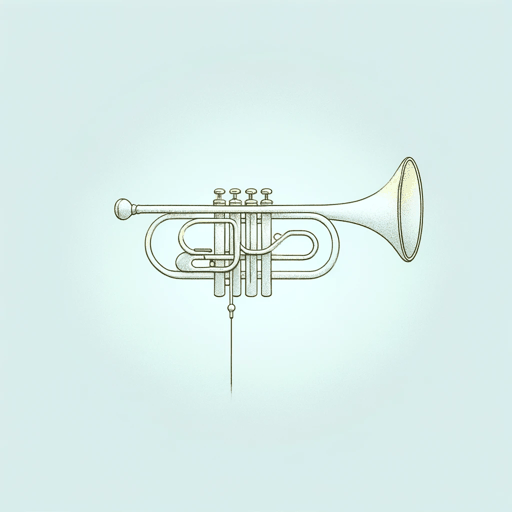
The BFG
Roald Dahl

The Giraffe and the Pelly and Me
Roald Dahl, Illustr. Quentin Blake

The Landlady
Roald Dahl

The Magic Finger
Roald Dahl, Illustr. Quentin Blake
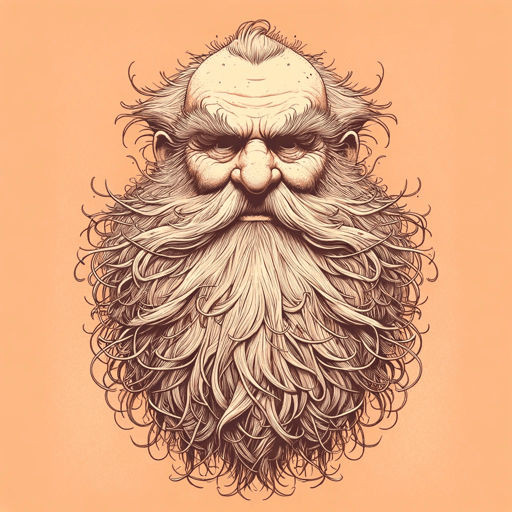
The Twits
Roald Dahl
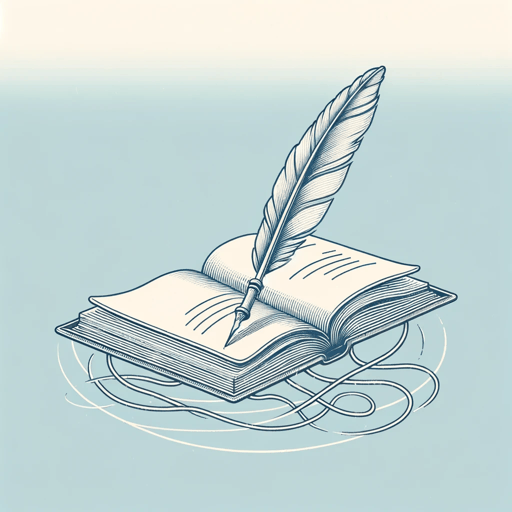
The Way Up To Heaven
Roald Dahl

The Witches
Roald Dahl

